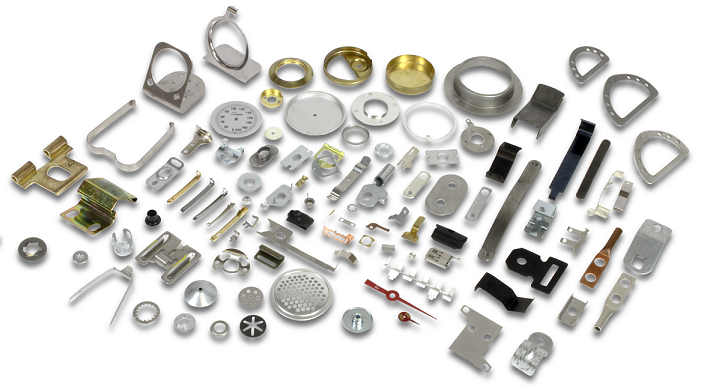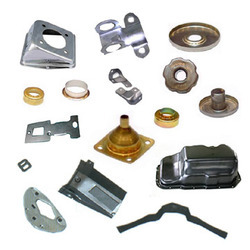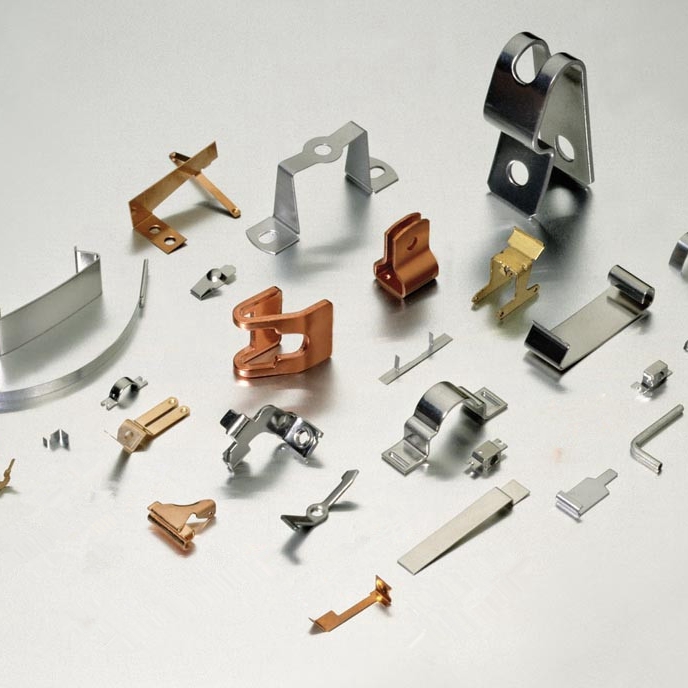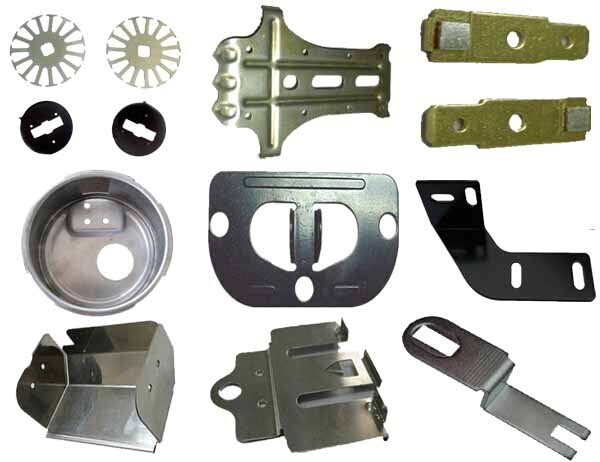Stamping parts are formed by applying external force to plates, strips, pipes and profiles by presses and molds to cause plastic deformation or separation to obtain workpieces (stamping parts) of required shape and size. Stamping and forging belong to plastic processing (or pressure processing) and are collectively called forging.
Among the steel products in the world, 60-70% are plates, most of which are stamped into finished products. The body, chassis, fuel tank, radiator fins of the car, the steam drum of the boiler, the shell of the container, the iron core silicon steel sheet of the motor, and the electrical appliance are all stamped. There are also a large number of stamping parts in products such as instruments and meters, household appliances, bicycles, office machinery, and living utensils.

Compared with castings and forgings, stamping parts have the characteristics of thinness, uniformity, lightness and strength. Stamping can produce workpieces with ribs, ribs, undulations or flanges that are difficult to manufacture by other methods to increase their rigidity. Due to the use of precision molds, the precision of the workpiece can reach the micron level, and the repeatability is high, and the specifications are consistent, and holes, bosses, etc. can be punched out.
Cold stampings are generally no longer cut, or only require a small amount of cutting. The precision and surface condition of hot stamping parts are lower than those of cold stamping parts, but still better than castings and forgings, and the cutting amount is less.



Stamping is an efficient production method. Using composite dies, especially multi-station progressive dies, can complete multiple stamping processes on one press, realizing the full process from strip uncoiling, leveling, punching to forming and finishing. automatic production. The production efficiency is high, the working conditions are good, and the production cost is low. Generally, hundreds of pieces can be produced per minute.
Stamping is mainly classified according to the process, which can be divided into two categories: separation process and forming process. The separation process is also called punching, and its purpose is to separate the stamping parts from the sheet material along a certain contour line, while ensuring the quality requirements of the separation section. The surface and internal properties of the stamping sheet have a great influence on the quality of the stamping product. It is required that the thickness of the stamping material be accurate and uniform; the surface is smooth, no spots, no scars, no scratches, no surface cracks, etc.; Directionality; high uniform elongation; low yield ratio; low work hardening.

Contact Me
WhatsApp/WeChat :+8613363300602
Email:admin@dongjie88.com
Post time: Feb-13-2023





